https://www.picturesquevoyages.com/wp-content/uploads/2023/06/865413-siege-et-prise-du-chateau-des-tuileries-le-10-aout-1792.jpeg
762
963
admin8800
https://www.picturesquevoyages.com/wp-content/uploads/2019/02/picturesquevoyageslogo-300x68-2-300x68.png
admin88002023-06-12 15:52:542023-06-19 10:42:52Surprising Stories: Marie Antoinette at the Tuileries 1789-1793
https://www.picturesquevoyages.com/wp-content/uploads/2023/06/kimpton-paris-7085351236-2x1-1.jpg
2000
2491
admin8800
https://www.picturesquevoyages.com/wp-content/uploads/2019/02/picturesquevoyageslogo-300x68-2-300x68.png
admin88002023-06-12 14:45:592023-06-19 10:28:16How to Enjoy Paris in the Summer of 2023
https://www.picturesquevoyages.com/wp-content/uploads/2023/05/IMG_6281.jpg
747
750
admin8800
https://www.picturesquevoyages.com/wp-content/uploads/2019/02/picturesquevoyageslogo-300x68-2-300x68.png
admin88002023-05-08 15:38:312023-05-09 22:45:41My New Book 'Marie-Antoinette’s Legacy' Wins Prestigious J.B Jackson Book Prize
https://www.picturesquevoyages.com/wp-content/uploads/2023/03/332291977_190093280302118_4085340532769476143_n.jpg
640
960
admin8800
https://www.picturesquevoyages.com/wp-content/uploads/2019/02/picturesquevoyageslogo-300x68-2-300x68.png
admin88002023-03-15 17:15:212023-03-23 09:51:51The History and Garden Inspirations of the Parisian Macaron
https://www.picturesquevoyages.com/wp-content/uploads/2023/03/Galerie-Christian-Dior-Paris-2.jpg
861
960
admin8800
https://www.picturesquevoyages.com/wp-content/uploads/2019/02/picturesquevoyageslogo-300x68-2-300x68.png
admin88002023-03-05 18:07:172023-03-08 18:26:57Nature Into Art: La Galerie Christian Dior
https://www.picturesquevoyages.com/wp-content/uploads/2022/12/IMG_2206.jpg
360
480
admin8800
https://www.picturesquevoyages.com/wp-content/uploads/2019/02/picturesquevoyageslogo-300x68-2-300x68.png
admin88002022-12-02 14:58:182022-12-04 16:09:37A Marie-Antoinette Inspired Holiday Gift Guide
https://www.picturesquevoyages.com/wp-content/uploads/2022/10/Eugénie-visite-Rosa-Bonheur.jpeg
576
758
admin8800
https://www.picturesquevoyages.com/wp-content/uploads/2019/02/picturesquevoyageslogo-300x68-2-300x68.png
admin88002022-10-24 14:04:472022-10-30 18:54:21Surprising Stories: Empress Eugénie & Rosa Bonheur
https://www.picturesquevoyages.com/wp-content/uploads/2022/09/Marie-Antoinettes-Legacy-book-cover.png
392
508
admin8800
https://www.picturesquevoyages.com/wp-content/uploads/2019/02/picturesquevoyageslogo-300x68-2-300x68.png
admin88002022-09-27 14:12:312022-11-27 19:17:13My New Book: Marie-Antoinette’s Legacy
https://www.picturesquevoyages.com/wp-content/uploads/2022/09/barbara-krysztofiak-TYqb66Jlkww-unsplash-scaled.jpg
1707
2560
admin8800
https://www.picturesquevoyages.com/wp-content/uploads/2019/02/picturesquevoyageslogo-300x68-2-300x68.png
admin88002022-09-22 14:54:472022-09-22 14:56:25Wild Mushrooms, an Autumnal Passion in France
https://www.picturesquevoyages.com/wp-content/uploads/2022/09/MA-cropped.jpg
630
630
admin8800
https://www.picturesquevoyages.com/wp-content/uploads/2019/02/picturesquevoyageslogo-300x68-2-300x68.png
admin88002022-09-19 20:00:062022-09-25 17:30:40Surprising Stories: Let them Eat Cake… or Not
Scroll to top


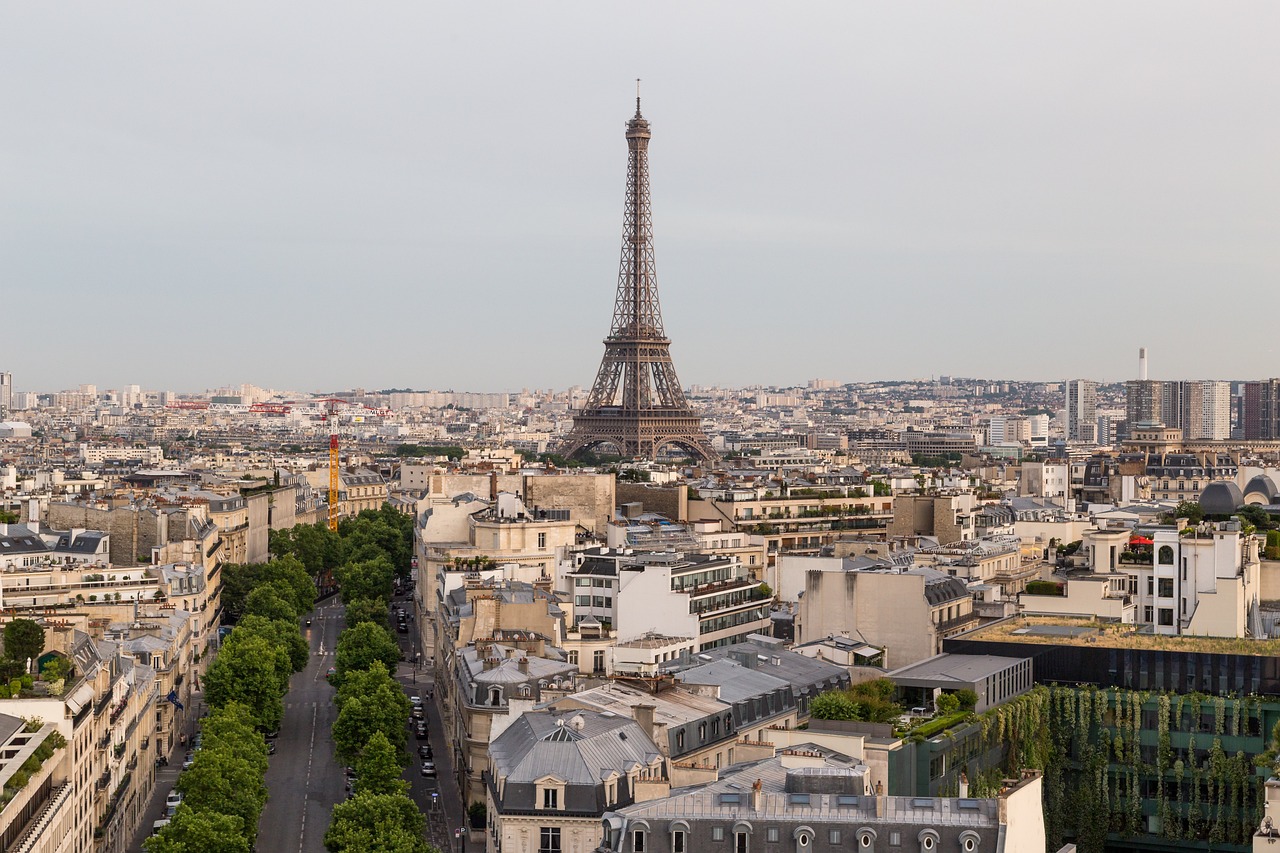
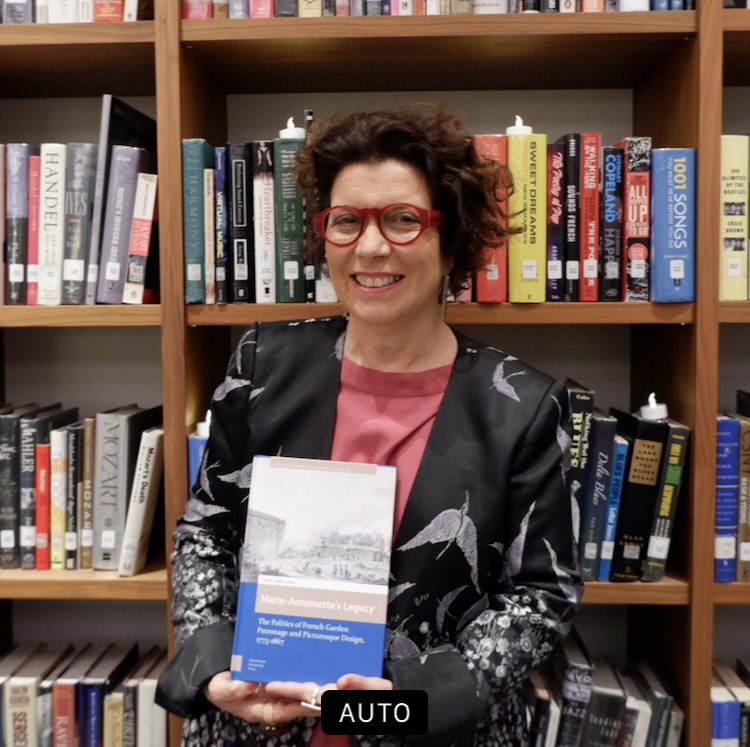
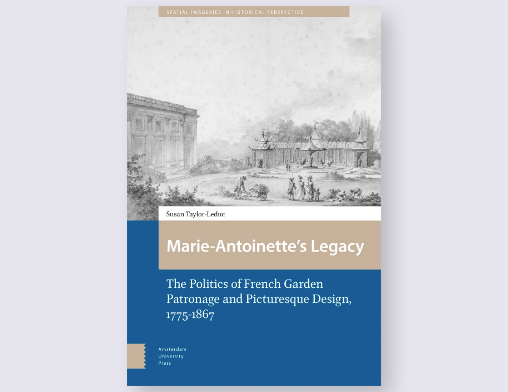
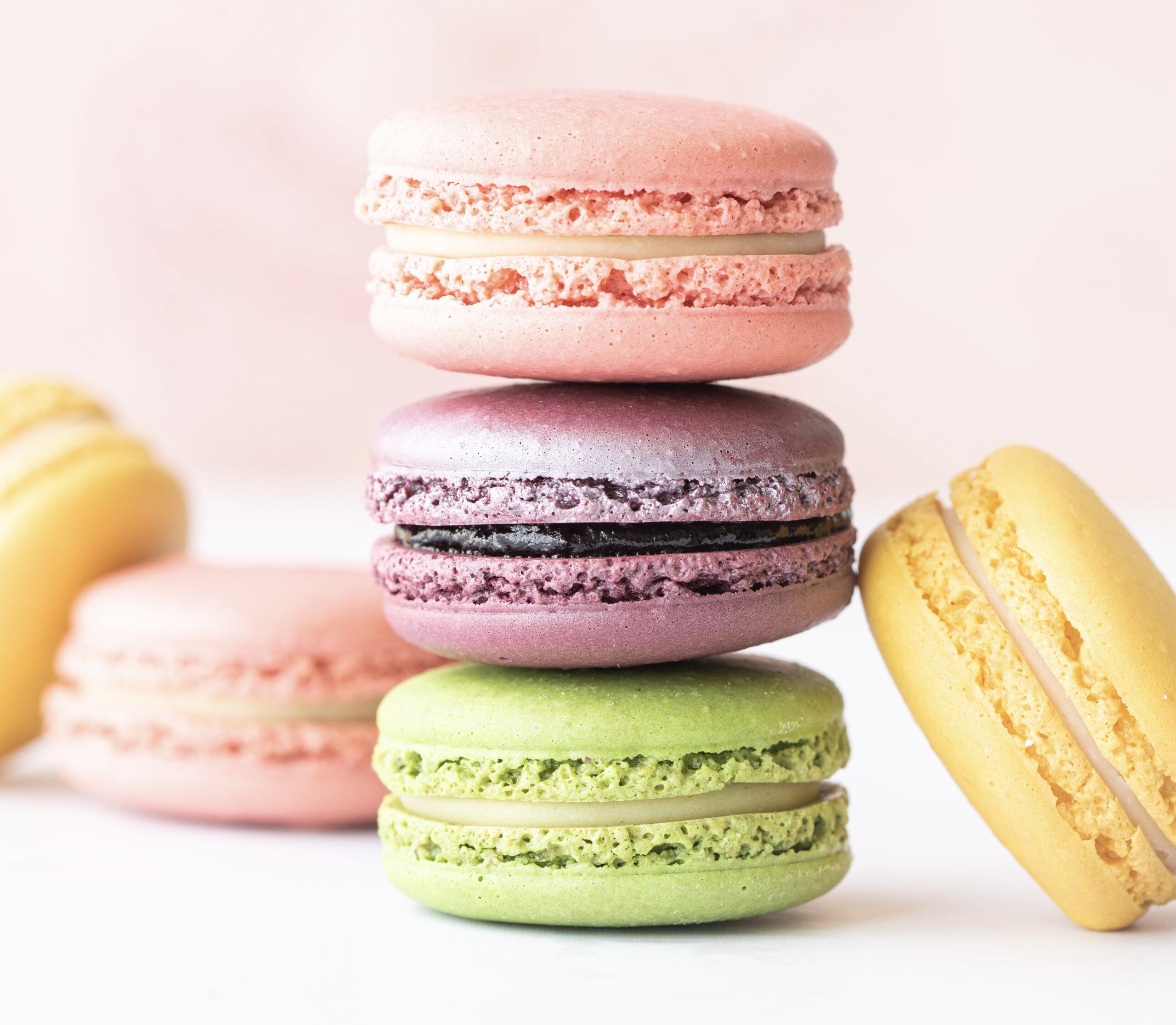
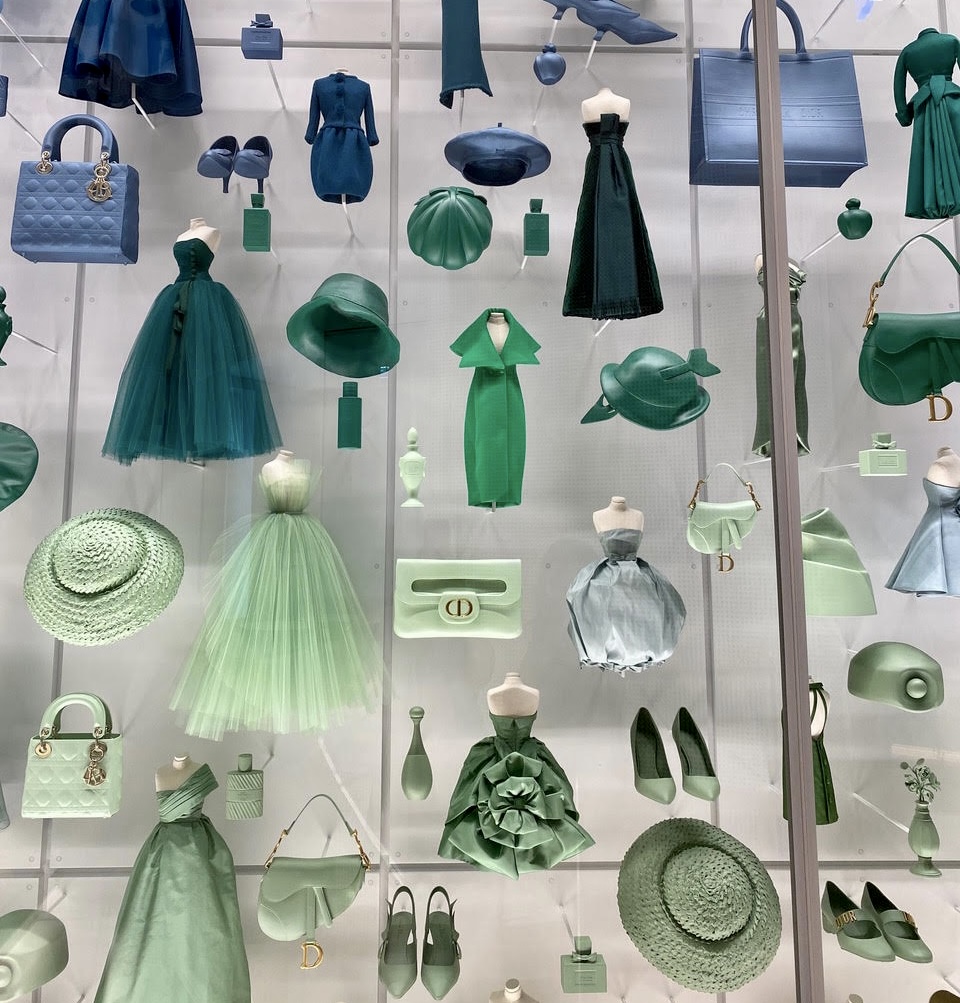
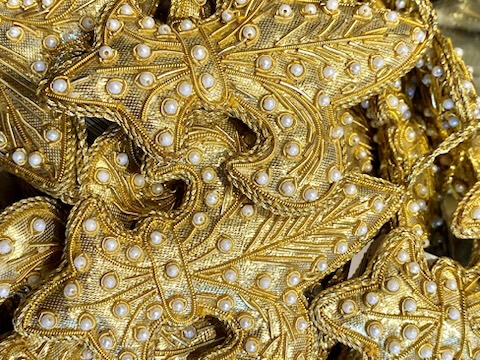
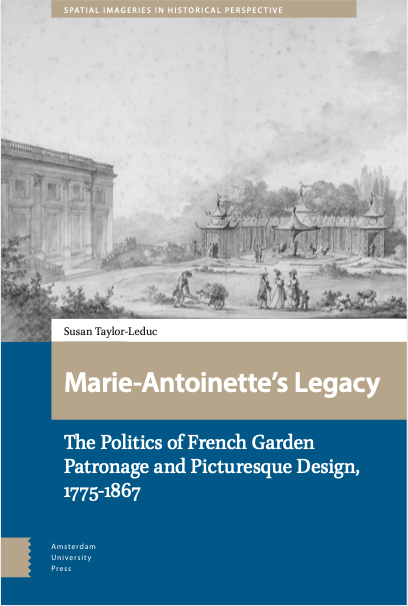

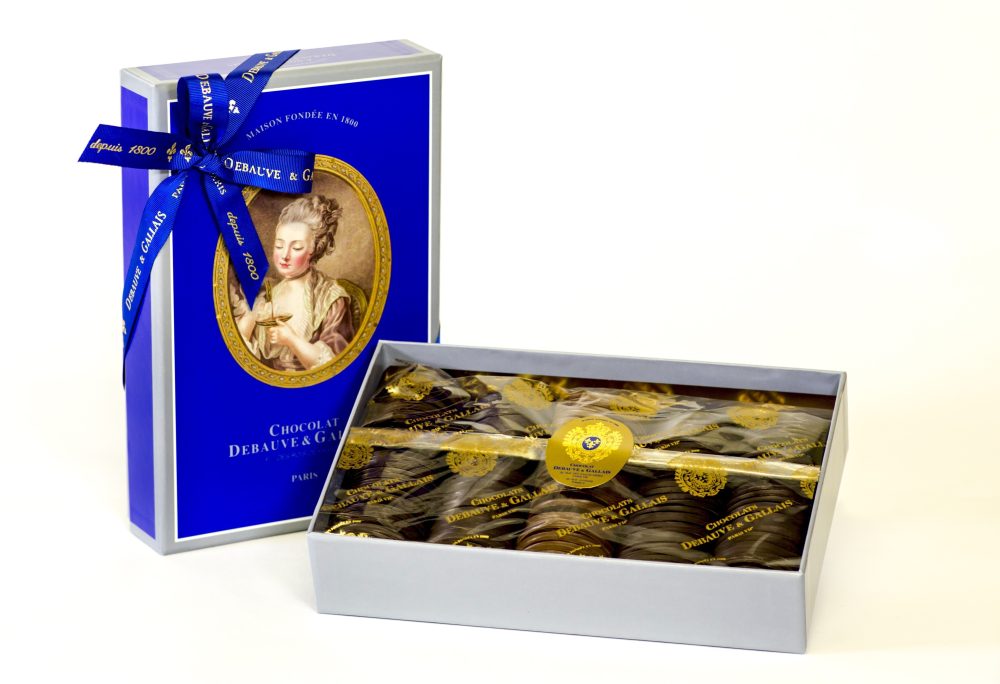
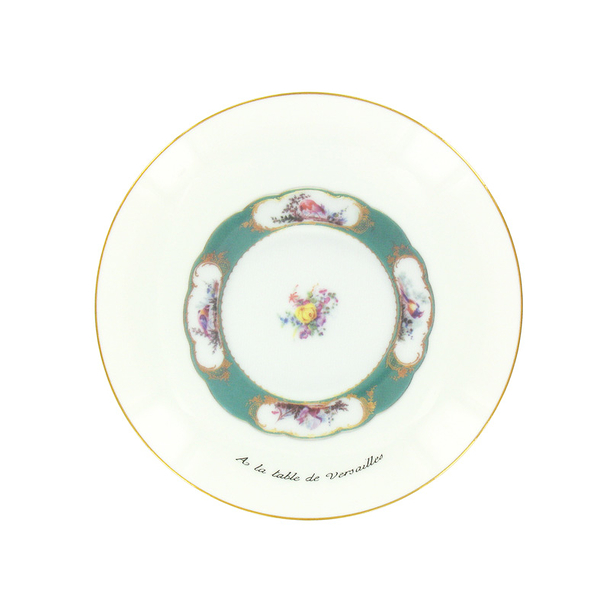
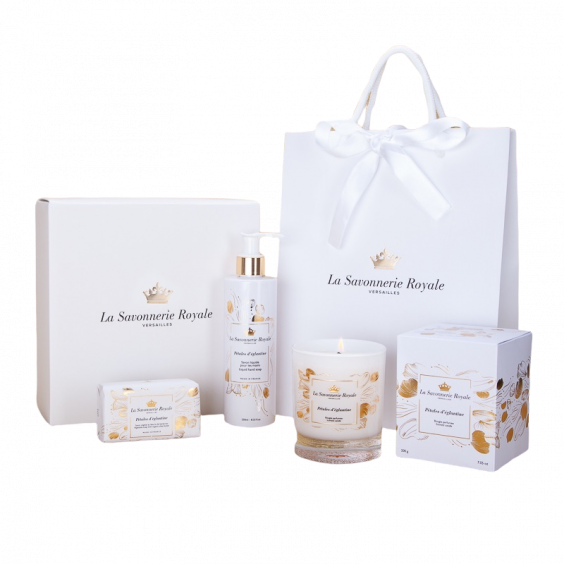
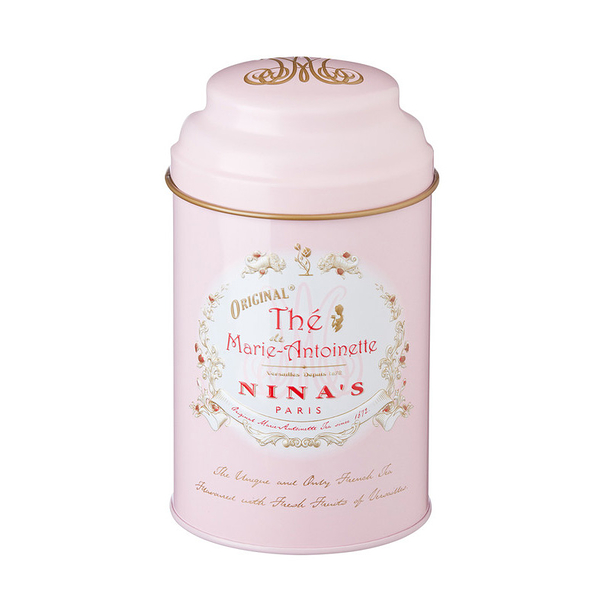
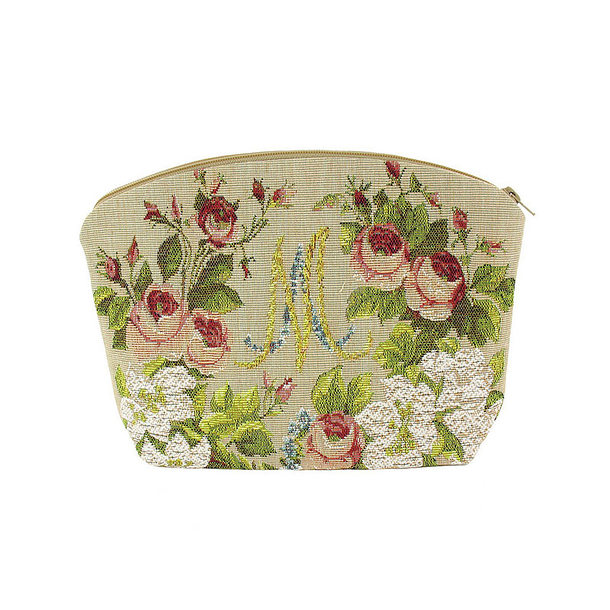
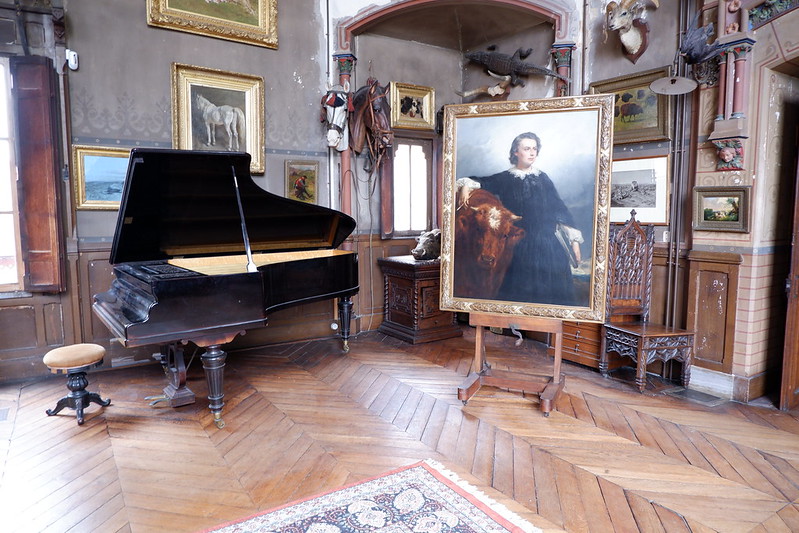
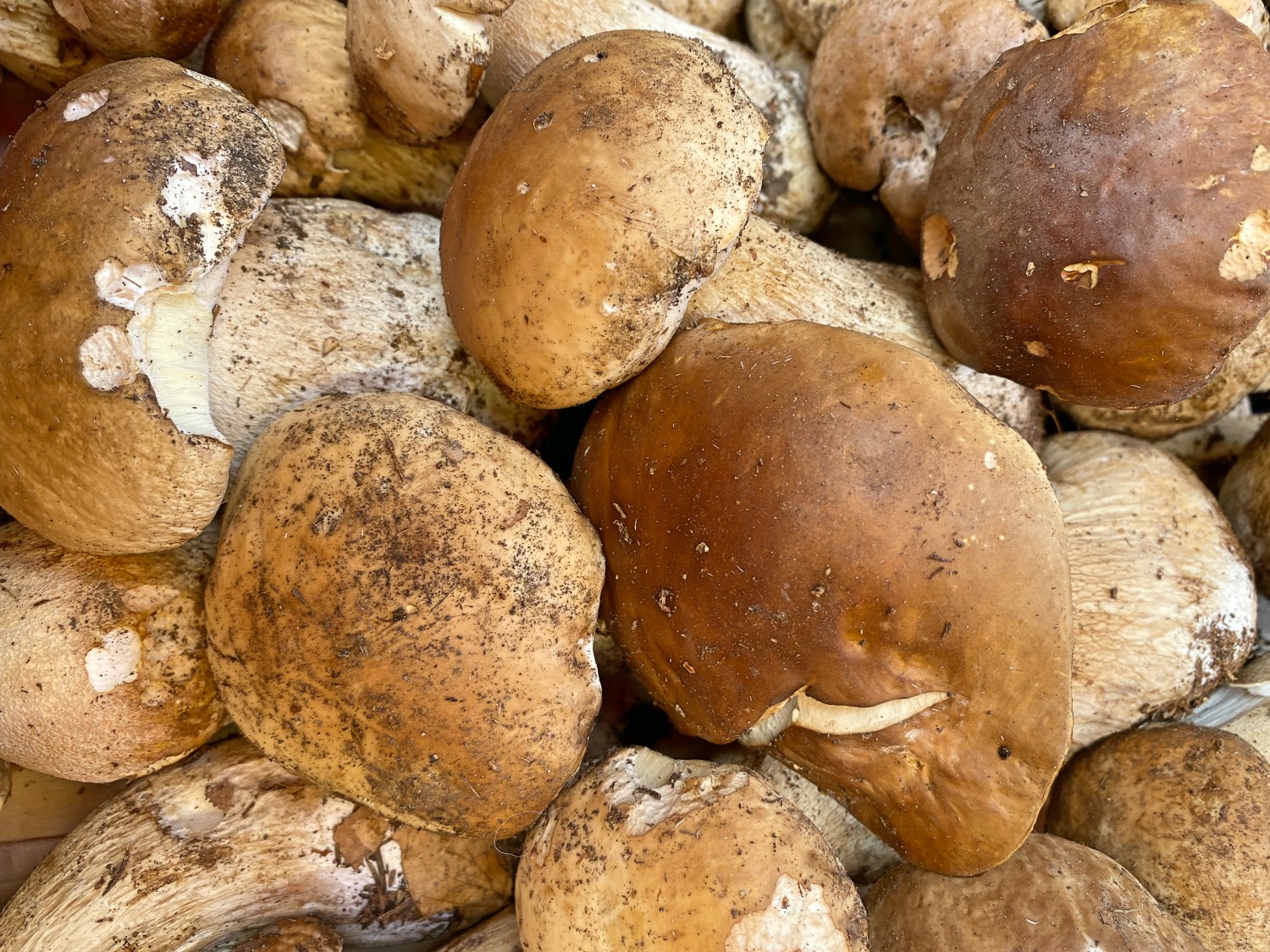
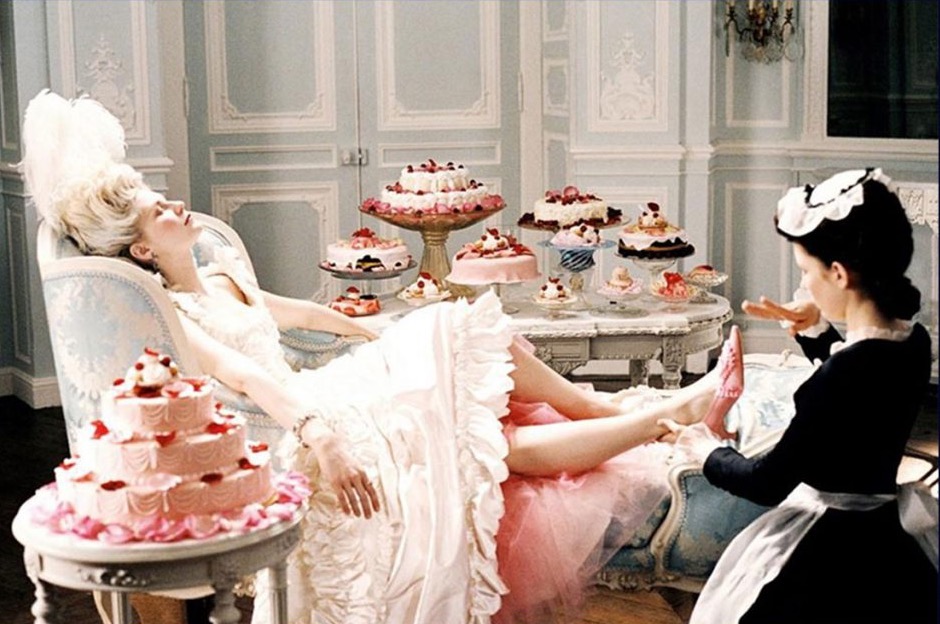 Since Sofia Coppola’s blockbuster movie
Since Sofia Coppola’s blockbuster movie